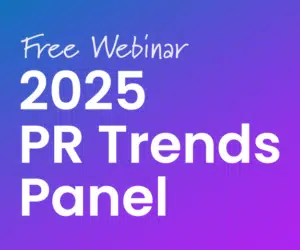Creating awareness about your next big launch, roll-out, or drop is an exciting, albeit stressful time.
But when you aim to design a demand-generation marketing plan that focuses on people who have already purchased from you, the work isn’t just easier, it’s more rewarding, too.
That’s because you’ve already put in the heavy lifting to earn your customers’ trust. Now your job is to continue building that relationship, consistently over time to encourage long-term, sustainable growth.
By drawing customer insights from conversations, data, and behavior history, you can completely tailor your demand-generation marketing plans to align with your customer’s preferences, needs, and buying habits.
In other words, anytime you want to raise awareness around something new, all you’ll need to do is study your customer, set a goal, and draw up a plan that’s tailored to both. More on this in a bit.
If you’re ready to learn how to create a demand-generation marketing plan that prioritizes your customers, stick around for four simple steps to do just that.
Interview your customers across multiple segments
Start by interviewing people in the individual customer segments your company currently serves.
For instance, that could be:
- VIP customers
- Mid-range customers
- New customers
Or, to go a bit more granular, that might be:
- Acne-prone customers that value medicated skincare sets
- Customers that value anti-aging skincare
- Customers that value having a morning and evening skincare routine
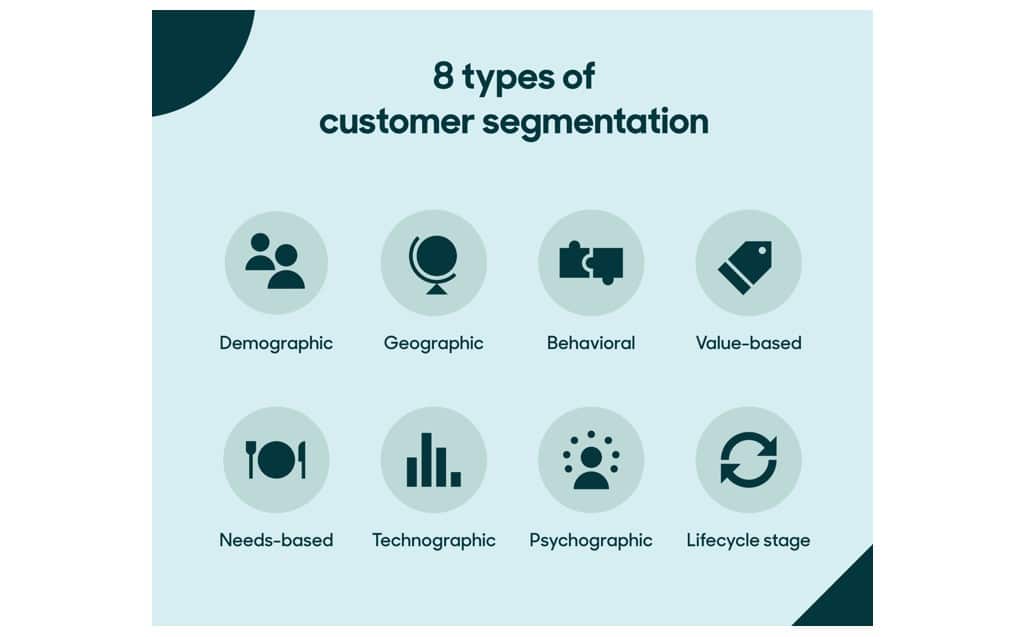
When interviewing people in each segment, ask them questions like:
- How did you find us? Social media content, ad, blog post, Google, a friend?
- What pain points or challenges have we helped you solve?
- What pain points or challenges has our content helped you solve?
- Which, if any, of our content or free resources have stuck out to you the most?
- Do you consume our content via our blog, email newsletter, social media, or another way?
- If so, which topics do you enjoy the most?
- Which topics do you derive the most value from? Why?
- What types of content assets have improved your life for the better? I.e, How-to articles on our blog, explainer videos on our YouTube page, or our behind-the-scenes footage on Instagram Stories?
- What content assets would you love to see more of?
- Why?
- How can these assets improve your life going forward?
- Which topics do you enjoy the least?
- Which topics do you derive the least value from?
- If we offered the opportunity to download in-depth content, what kinds of assets would you be interested in? For instance, ebooks, webinars, courses, etc.
- What content assets would you like to see less of?
- Why?
Note: As an alternative to hosting interviews, consider sending over thorough questionnaires or surveys.
Review customer behavior data and history
Look through your current customer base to conduct additional customer behavior research.
Reflect on the data to gain insights into their behavior and preferences.
By analyzing customer data such as purchase history, website activity, and social media engagement, you can better understand your target audience and create more targeted and relevant demand-generation marketing campaigns.
Run through the following checklist to organize your analysis:
- What obvious patterns have you noticed in your research? For instance, are your monthly cleaning service memberships a huge hit? Have your merch sales seen better days? Do customers love your knowledge-based tutorials? Is your Twitter performing well?
- What common feedback has been submitted in customer service tickets, online chat, feedback forms, and reviews? For example, do customers regularly complain about your slow checkout flows? Do online users always ask how your calendar feature works?
- What buying patterns are most common? I.e., monthly subscriptions to product bundles, quarterly purchases in bulk, and holiday shopping
- What types of content receive the most views and engagement? For instance, blog posts on productivity, carousel posts about career growth tips on LinkedIn, and motivational Reels on Instagram
- What offers are most valued? For example, monthly BOGO deals, one-on-one coaching, and online masterminds with expert teachers
- What kind of messaging and language do your customers identify with? I.e, Conversational, positive, and with a bright eye on the future of online retail
- What kinds of visuals captivate your customers? For instance, surrealism, cool color tones, and watercolor strokes
Create a report summarizing your findings
Sum up your findings in a detailed report your marketing team can easily digest.
In your report, be sure to include the data you gathered during customer interviews and the research you conducted on your own.
Make your report practical by grouping your findings by theme (see image below), and be sure to include examples of how you could apply the insights you’ve reported toward future demand-generation campaigns.
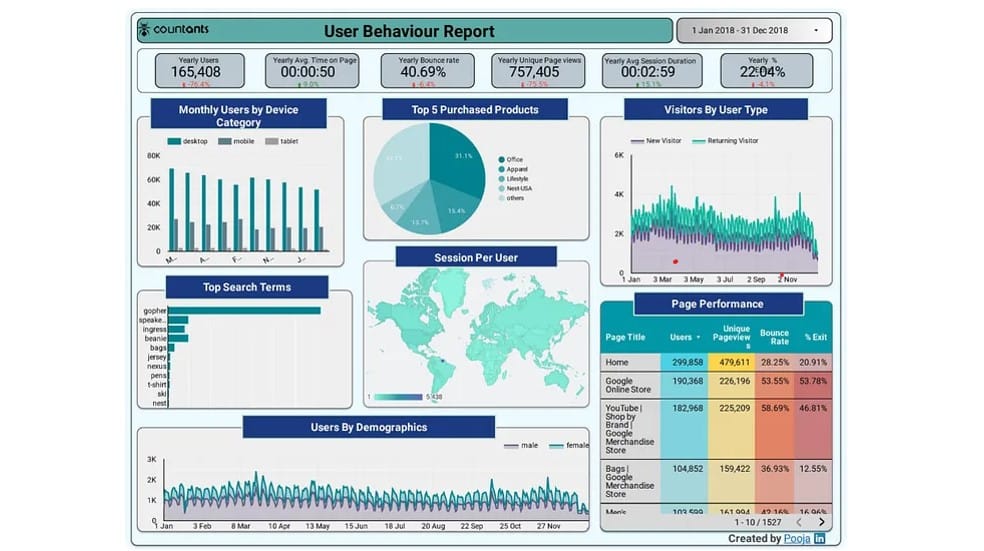
For instance, let’s say one of your themed groups includes monthly subscription patterns, and one of the common patterns you reported was having a substantial amount of Pro Plan subscribers.
An example of how you could apply this insight to a future demand-gen plan could be to showcase different ways to use the features included in the Pro Plan to help your customers save substantial time and money accomplishing their goals.
Be strategic during this process and leave no stone unturned. The more detailed your examples, the easier it’ll be to apply the data you’ve gathered toward future campaigns.
And speaking of applying the data …
Draw up a demand-generation plan according to your goals and findings
And finally, it’s time to craft your demand-generation plan according to your company’s unique goals and the data you collected.
Here’s a super simple method you can use any time you sit down to plan a demand-generation marketing campaign:
- Start with a goal. For instance, “show off our new merch drop” or “bring awareness to our company rebrand.”
- Review your findings in the report you created above. Pay special attention to the demand-generation ideas you highlighted.
- Create a strategy based on your goals and the insights revealed in the report. Plan a demand-generation campaign that aligns with your end goal and the data you’ve collected about your customer in the report.
Let’s take a look at a few examples to demonstrate what we mean.
Example 1
You own an online apparel brand, and you’re looking to create a demand-gen campaign around your latest line of luxury leather jackets.
According to your report, your audience can’t get enough of your weekly style inspiration Reels on Instagram and your sponsored partnerships with fashion influencers.

Your strategy? Partner with fashion influencers and hire them to create weekly style inspiration posts on Instagram showcasing your recent line of leather jackets. Easy!
Example 2
You’re in the second-hand automotive parts industry, and you want to create a campaign to increase audience awareness around your pickup parts.
When analyzing your report, you notice that customers value user-generated content, such as reviews, testimonials, and product comparison guides on YouTube, Instagram, and your company blog.
Your plan?
Encourage customers to share photos or videos of their trucks and recent purchases on social media using a branded hashtag. You could also make a carrusel post with multiple customer photos using a platform like Quicktools by Picsart and tag them on social media.
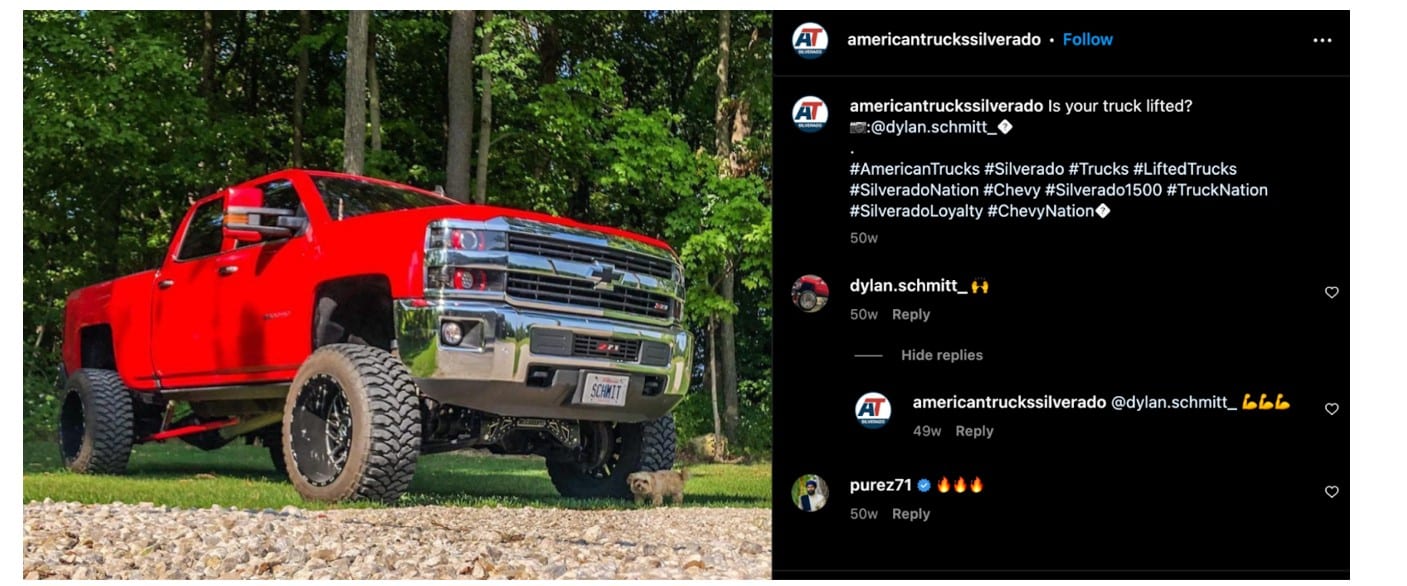
You also plan on showcasing screenshots of customer testimonials and reviews in your Instagram Stories, asking customers to host videos on your YouTube channel, and featuring user-generated product comparison guides on your blog.
Example 3
You’re an affiliate marketer, and you’d like to start a demand-generation campaign to bring attention to the HubSpot lead scoring tool you’re promoting.
After looking through your report, you realize previous customers value your Q&A live streams on Instagram, your B2B buyer guides on LinkedIn, and your in-depth product and solution overview guides on your website. You also noted that they like simple, informative language that gets right to the point and screenshots that illustrate the main points and steps in your guides.
With this in mind, you decide to schedule live streams where customers can ask questions about the lead scoring tool. You also decide to create a buyer’s guide for LinkedIn and an in-depth overview guide for your website.
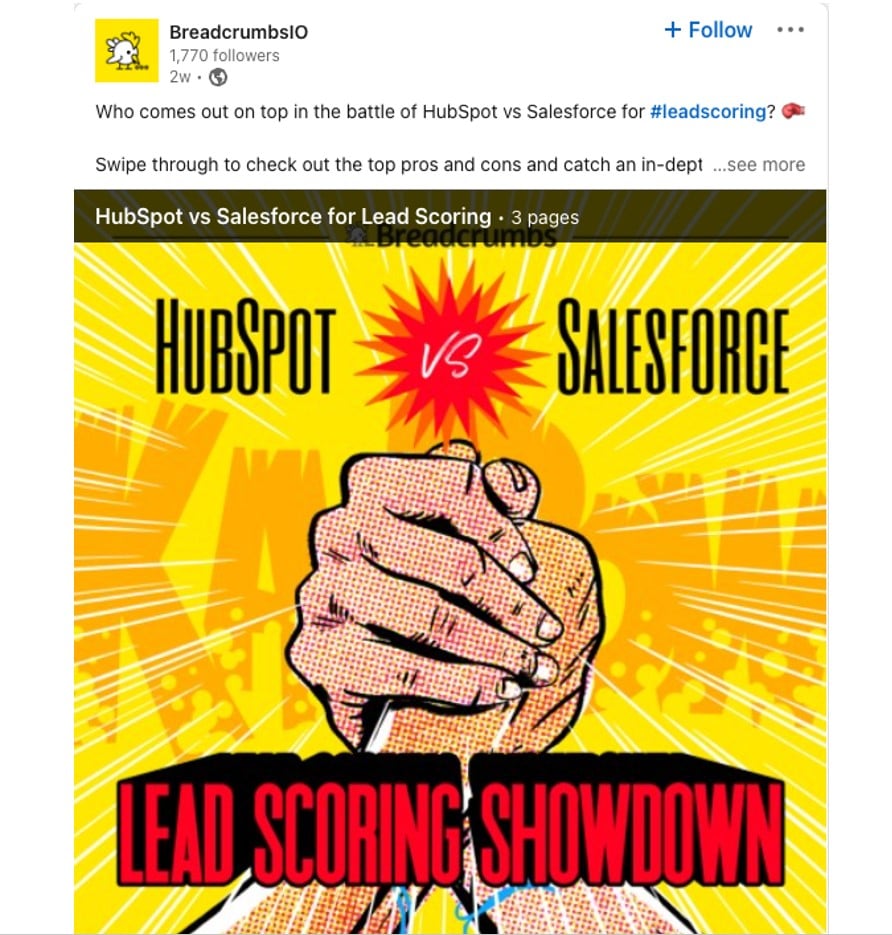
Across all of your assets, you inform your copywriters to use no-fluff, informative language that’s easy to understand. You also include plenty of professional screenshots throughout your campaign to illustrate how the lead scoring tool works.
Wrap up
In the PR industry, relationships are everything.
If you can show customers and stakeholders that you know who they are and you care about solving their problems, you’ll be able to raise awareness around anything you need to draw attention to.
And most importantly, you’ll be able to do your due diligence to build long-term customer relationships.
Remember, to create a demand-generation plan that prioritizes customers:
- Start by interviewing customer segments
- Review customer behavior data and history
- Create a report summarizing your findings
- Draw up a demand-generation plan according to your goals and findings
And that’s it!
To your success!




